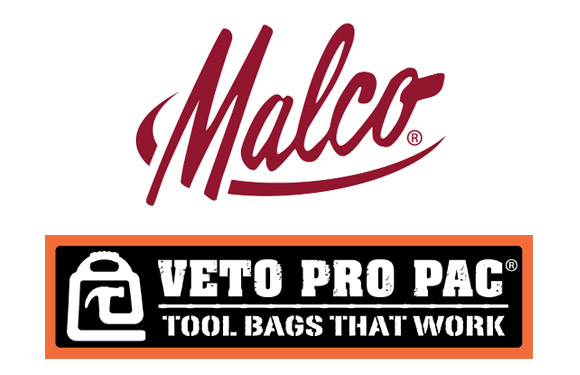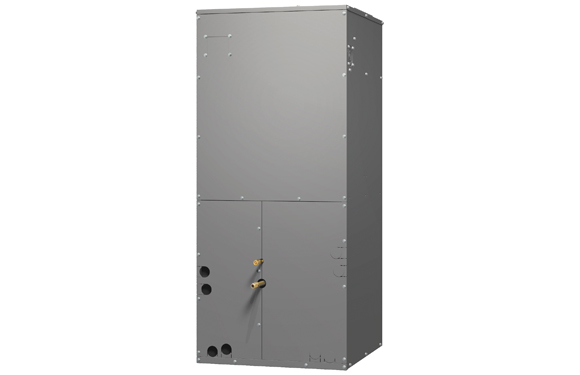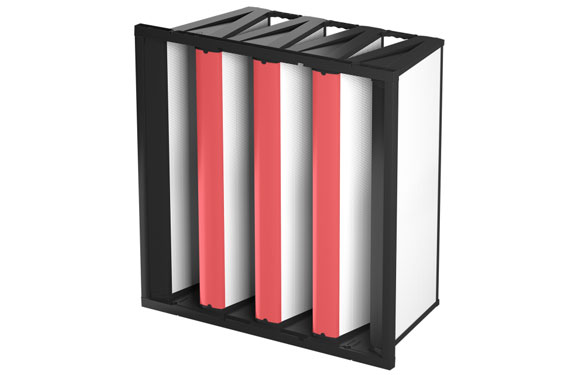
Products
Why You Need an HVLS Fan, Even in the Winter
By Jeff Watson, Senior Vice President and General Manager of the Hunter Fan Company’s Industrial & Commercial Division
In cold weather, you don’t often think about turning on your fan. However, an HVLS (high volume, low speed) fan can deliver benefits year-round––even in the winter months. From improving cost and energy savings to increasing building occupant comfort and productivity, HVLS fans can significantly boost the efficiency and indoor air quality of facilities through the seasons.
 Improving Cost + Energy Savings
Improving Cost + Energy Savings
Designed with longer blade lengths than conventional fans, HVLS fans have wing spans that can range from 7 to 24 feet and move large volumes of air with minimized energy consumption per square foot. In fact, one HVLS fan can mobilize as much air as 10-20 floor fans or 12 48-inch barrel fans––translating into reduced operation costs of about $1 per day. And this efficiency is most prevalent in colder months.
In the winter, buildings with high ceilings often experience significant heat stratification where warmer air rises to the ceiling while cooler air remains at floor level. This phenomenon forces a facility’s heaters to work two to three times harder to keep employees and building occupants adequately warm while most of the heat continues to be trapped above their heads. It’s been estimated that air temperature can increase 0.5-1.5 degrees Fahrenheit per foot in ceiling height––meaning that if it’s 65 degrees on the floor, it could be 85-90 degrees at the roofline.
HVLS fans, however, can essentially stir the pot, circulating air so that warm air trapped at ceiling level is cycled down to the floor. This allows HVAC systems to work more efficiently and effectively, potentially saving up to 30 percent on heating costs.
Improving Health + Comfort
Indoor air quality has also been directly linked to the health of a building’s occupants. Poor air quality––which includes an excess of hot or cold air, indoor pollutants and stagnant air––can cause labored breathing and illness in employees while also posing product quality control risks, such as condensation build up and spoilage.
The U.S. Department of Labor’s Occupational Safety and Health Administration (OSHA) highlighted these dangers in their winter weather advisory––linking cases of cold stress to extreme air temperatures and/or humidity levels. Additionally, OSHA has specifically identified poor ventilation as a leading contributor to sick building syndrome and building-related illnesses. In approximately 500 indoor air quality investigations in the past decade, the National Institute for Occupational Safety and Health (NIOSH) found 52 percent of cases could be traced back to inadequate ventilation.
Under OSHA law, employers are responsible for eliminating these known safety hazards. The American Society of Heating, Refrigerating and Air-Conditioning Engineers’ (ASHRAE) recommends an airflow rate of 5 cubic feet per minute (CFM) per person in a standard office and up to 15 CFM per person in manufacturing, warehousing or smoking areas. HVLS fans are particularly adept at achieving this large-scale airflow with the ability to move up to 425,000 CFM and create a perceived 10 to 12-degree temperature difference. These high air turns can also prevent stagnant air and a dust-riddled environment while helping eliminate toxic airborne chemicals.
Additionally, HVLS fans can manage a facility’s moisture which can form on the walls, equipment and floor in between two different climate-controlled environments. Proper indoor air movement can quickly dry this condensation to reduce fall risks, pollutants and bacteria associated with unchecked moisture.
Improving Productivity
By creating a more comfortable, healthier work environment, we have seen companies experience reduced absenteeism and employee complaints coupled with boosts in overall productivity. Numerous studies have drawn the link between indoor air quality/temperature and productivity.
In research conducted by the Lawrence Berkeley National Laboratory, workplace performance increased when indoor temperatures were between 69.8 degrees and 71.6 degrees with the highest level of productivity at 71.6 degrees. When indoor air temperature dropped or rose above this range, the human body typically prioritized keeping warm over fueling the brain.
Additionally, a month-long Cornell University study found that chilly workers made more errors, and cooler temperatures could increase a person’s hourly labor cost by 10 percent. When office temperatures rose from 68 degrees Fahrenheit to 77 degrees, the study found that typing errors fell by 44 percent and typing output increased 150 percent––suggesting that a properly, evenly heated facility could save employers approximately $2 per worker per hour.
One manufacturing and logistics company echoed this sentiment after installing seven 24-foot HVLS fans in their 300,000-square foot warehouse. Keeping their HVLS fans running 24/7, the company’s Vice President of Supply Chain noted, “[HVLS] fans provide uniform comfort year-round for our nearly 230 employees, which has in turn increased worker productivity…They are essential in creating an optimal, healthy environment in our facility from ceiling to floor.”
A Comprehensive Solution
Regardless of the season, a building’s indoor air quality and temperature are critical factors influencing everything from the heating bill to an employee’s health. HVLS fans in particular are emerging as a valuable comprehensive solution to improve indoor air conditions and ultimately optimize a facility’s efficiency, comfort and savings––translating into bottom line impact. Learn more at www.HunterFan.com/Industrial.













